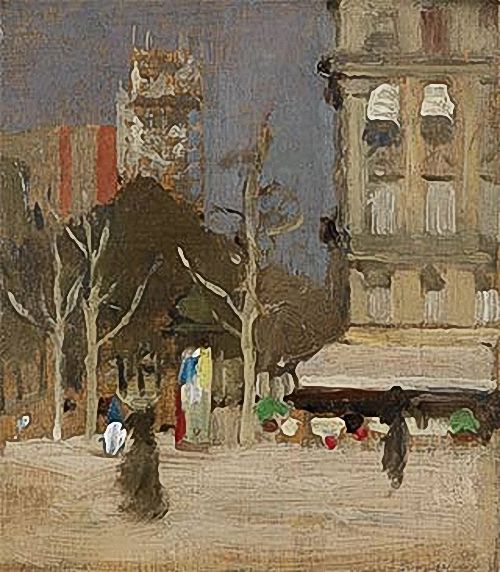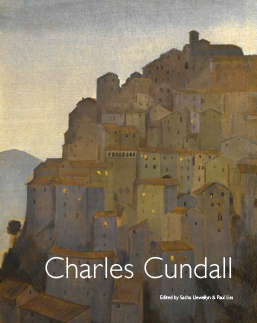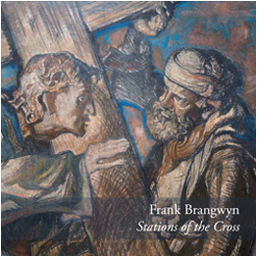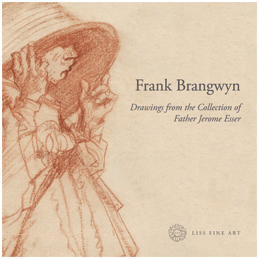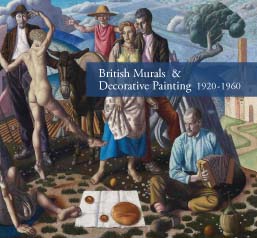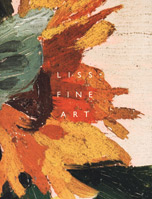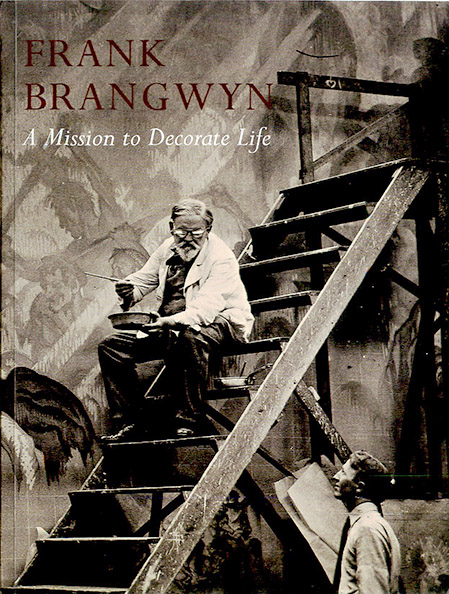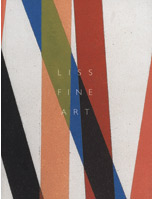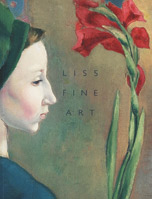The British Impressionists
For more than three decades Liss Llewellyn have championed the work of the Grand Old Men of British Impressionism artists such as Albert de Belleroche, Frank Brangwyn, Harry Bush, Charles Cundall, Alexander Jamieson, Gerald Kelly and Arthur Studd. Sourced directly from Artists’ Estates, Liss Llewellyn hold unrivaled stock of work by these and other Unsung Heroes of the period.
 British Impressionists
British Impressionists


